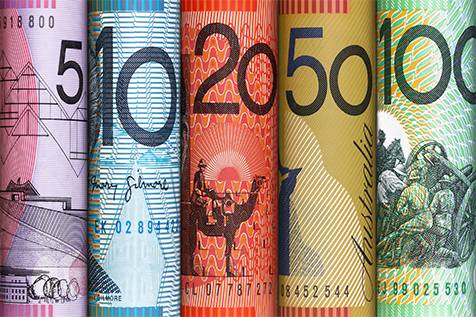Copper prices rose on Thursday despite a stronger U.S. dollar, as markets digested the implications of President Donald Trump’s newly announced tariffs on copper imports.
Trump’s announcement of a 50% tariff on copper imports drove domestic prices to record highs. However, analysts expect prices to gradually decline over the coming months as traders offload large stockpiles accumulated in anticipation of the measure.
The tariff follows a U.S. Commerce Department investigation launched in February, which had initially anticipated duties around 25%. The mere expectation of tariffs had already driven copper prices on the COMEX up by 25% between January and Monday.
Trump’s announcement on Tuesday sent COMEX copper prices to a record $5.6820 per pound, or $12,526 per metric ton—more than $2,920 above the benchmark price on the London Metal Exchange (LME), currently around $9,600 per ton.
Expected Price Decline as U.S. Demand Weakens
According to Panmure Liberum analyst Tom Price, “Once the Trump tariff noise settles, we expect U.S. copper prices to fall closer to global levels as domestic consumption is delayed.”
Price expects U.S. copper demand to drop 16% this year to 1.32 million tons due to tariff-related uncertainty and broader economic slowdown. U.S. manufacturing data—key to copper consumption—suggest the sector is in contraction.
Massive U.S. Inventory Surplus
Analysis by Macquarie, using trade data from January to May and shipping figures for June, estimates U.S. copper imports at 881,000 metric tons in H1 2025, compared to actual demand of only 441,000 tons.
This implies a surplus of 440,000 tons—107,000 tons stored visibly on COMEX and 333,000 tons in undisclosed or industrial supply chain stockpiles.
U.S. Inventories Soar While LME Stocks Fall
COMEX copper inventories reached 201,203 metric tons as of July 7, more than doubling since late March. In contrast, LME copper stocks fell 66% since mid-February, hitting just 90,000 tons in late June—their lowest since August 2023.
Some of the surplus is held in U.S. foreign trade zones, allowing easier re-export since it hasn’t cleared customs. COMEX inventories that have cleared customs would be harder to export but not impossible.
Duncan Hobbs of Concord Resources noted: “There’s nothing to prevent re-export of customs-cleared copper… but it would need a financial incentive like a fall in the COMEX premium.”
Tariff Exemptions May Narrow COMEX Premium
The possibility of exemptions could also weigh on U.S. copper prices. Industry sources suggest countries like Chile may be excluded from the tariff.
Chile accounted for 70% of U.S. copper imports in 2023—about 646,000 tons—and the U.S. runs a trade surplus with the country, politically easing a potential exemption.
Citi analysts, including Tom Mulqueen, expect Canada, Chile, and Mexico may ultimately face reduced tariffs around 25%, being considered “key partners.”
Traders Face Hurdles Unloading High-Cost Copper
Traders who rushed to stockpile copper now hold some of the priciest inventory globally, which may be difficult to sell unless the U.S. market maintains its high premium.
Meanwhile, at 16:23 GMT, the U.S. dollar index was up 0.2% at 97.7, with a high of 97.9 and low of 97.2.
Copper futures for September delivery rose 2.3% to $5.61 per pound by 16:16 GMT.


